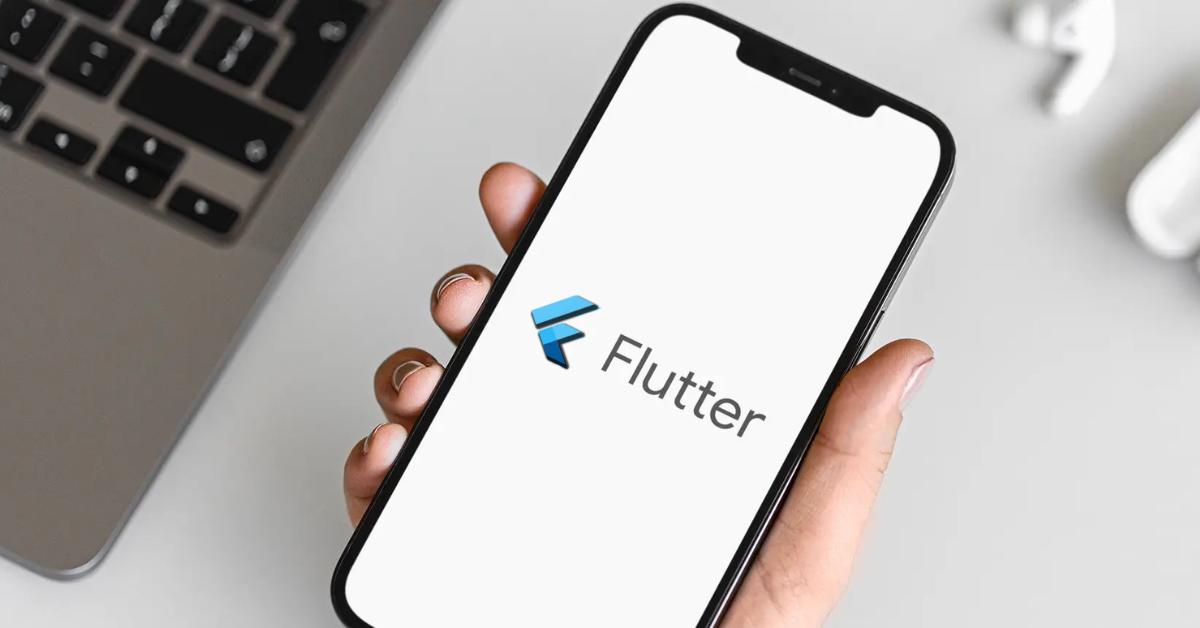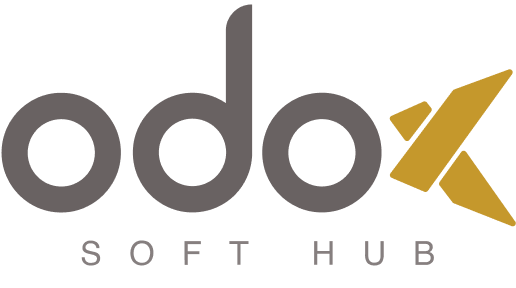
Mobile App Development itself is risky, and finding the right software can be even riskier.. They improve user experience and simplify various tasks. With the increasing demand for high-quality, feature-rich mobile apps, developers are constantly seeking efficient frameworks that can expedite the development process without compromising on performance. One such ground-breaking framework that has gained immense popularity in recent years is Flutter.
Mobile App Development by Google
Flutter, developed by Google, is an open-source UI software development kit (SDK) that allows developers to build natively compiled applications for mobile, web, and desktop from a single codebase. Since its launch in 2017, Flutter has witnessed widespread adoption among developers and businesses alike, owing to its numerous benefits and features.
Benefits and Features
Cross-Platform Development
One of the most compelling advantages of Flutter is its ability to enable cross-platform development. With Flutter, developers can write code once and deploy it across multiple platforms, including iOS, Android, and even the web. This eliminates the need to maintain separate codebases for different platforms, thereby saving time and resources.
Hot Reload
Flutter’s hot reload feature allows developers to instantly view the changes made to the code without restarting the application. This significantly speeds up the development process, enabling developers to experiment with different designs, features, and functionalities in real-time. The hot reload feature enhances productivity and facilitates quick iterations, making Flutter an ideal choice for agile development environments.
Rich Set of Widgets
Flutter boasts a rich set of customizable widgets that enable developers to create stunning and interactive user interfaces. Whether it’s buttons, sliders, text inputs, or complex animations, Flutter provides a comprehensive library of widgets that can be easily customized to suit the app’s design requirements.
Flutter’s widget-based architecture promotes consistency and enables developers to maintain a unified look and feel across different platforms.
High Performance
Flutter offers exceptional performance by leveraging its own rendering engine called Skia. Unlike other cross-platform frameworks that rely on web views or intermediate layers, Flutter delivers native-like performance by compiling the code directly into native machine code.
This results in smooth animations, fast rendering, and overall better performance, providing users with a seamless experience.
Strong Community Support
Flutter has a vibrant and rapidly growing community of developers, enthusiasts, and contributors. The Flutter community actively contributes to the framework by developing plugins, packages, and libraries that extend its functionality and cater to various use cases.
Whether it’s troubleshooting issues, seeking advice, or sharing best practices, developers can rely on the supportive Flutter community for assistance and guidance.
Ease of Learning
With its simple and intuitive syntax, Flutter is relatively easy to learn, especially for developers familiar with object-oriented programming languages like Java or JavaScript. Google provides comprehensive documentation, tutorials, and resources to help developers get started with Flutter quickly.
Flutter’s reactive framework and declarative UI paradigm simplify the development process, allowing developers to focus on building great user experiences.
Cost-Effectiveness
Developing separate native apps for iOS and Android can be time-consuming and expensive. However, with Flutter’s cross-platform capabilities, developers can significantly reduce development costs by writing code once and deploying it across multiple platforms.
This not only saves money but also allows businesses to reach a broader audience without investing in separate development teams or resources.
Faster Time to Market
Speed is of the essence when it comes to launching new products or features. Flutter’s hot reload feature, coupled with its cross-platform development capabilities, enables developers to iterate quickly and bring their apps to market faster.
With shorter development cycles and rapid prototyping, businesses can stay ahead of the curve and capitalize on emerging opportunities.
Beautiful Designs with Material Design and Cupertino
Flutter comes with built-in support for both Material Design (Google’s design language) and Cupertino (Apple’s design language). This allows developers to create visually stunning and platform-specific designs that adhere to the guidelines of each platform.
Whether it’s the sleek and modern look of Material Design or the elegant simplicity of Cupertino, Flutter provides developers with the tools to create beautiful and engaging user interfaces.
Seamless Integration with Existing Apps
Flutter effortlessly integrates with existing native code, making it easy to add Flutter components to existing apps or gradually migrate to Flutter from other frameworks.
This flexibility allows businesses to leverage their existing codebase and infrastructure while harnessing the power of Flutter to enhance their apps with new features and functionalities.
Access to Native Features and APIs
Flutter provides access to a wide range of native features and APIs, allowing developers to leverage device-specific capabilities such as GPS, camera, sensors, and more.
Flutter’s platform channels enable communication between Flutter code and platform-specific code, providing developers with the flexibility to access native functionalities when needed.
Support for Desktop and Embedded Devices
In addition to mobile and web development, Flutter has expanded its support to desktop and embedded devices, further extending its reach and applicability.
Developers can use Flutter to build desktop applications for Windows, macOS, and Linux, as well as embedded devices such as IoT devices and smart appliances. This versatility makes Flutter a compelling choice for projects that require multi-platform support beyond mobile and web.
From cost-effectiveness and faster time to market to beautiful designs, seamless integration, and access to native features, Flutter empowers developers to create high-quality, feature-rich applications that run smoothly across multiple platforms.
As Flutter continues to evolve and gain traction in the developer community, it’s clear that it has cemented its position as a leading framework for building the next generation of mobile experiences.
Flutter emerges as a powerful and versatile framework for mobile app development, offering a myriad of benefits such as cross-platform compatibility, hot reload, rich widget library, high performance, strong community support, and ease of learning.
Whether you’re a seasoned developer or a newcomer to app development, Flutter provides the tools and resources needed to create stunning, feature-rich mobile applications that delight users across various platforms.
With its growing ecosystem and continuous improvements, Flutter is poised to revolutionize the way we build and experience mobile apps in the years to come.
